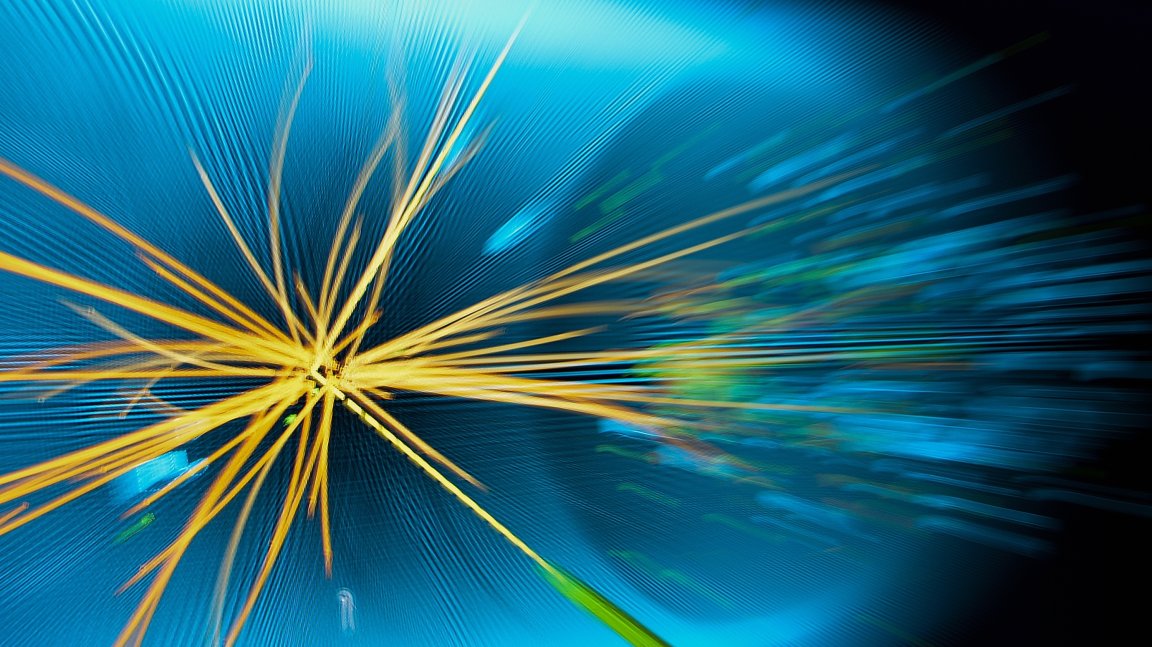
Lead Nuclei Collisions
The Large Hadron Collider at CERN has been colliding protons at record high energies and has now moved up to colliding larger nuclei. Recently, scientists have successfully established collisions between lead nuclei, which consists of 208 neutrons and protons.
Professor Jens Jørgen Gaardhøje of the Niels Bohr Institute at the University of Copenhagen explains the magnitude of these collisions, saying “The collision energy between two nuclei reaches 1000 TeV. This energy is that of a bumblebee hitting us on the cheek on a summer day. But the energy is concentrated in a volume that is approximately 10-27 (a billion-billion-billion) times smaller. The energy concentration (density) is therefore tremendous and has never been realised before under terrestrial conditions.”
Quark-Gluon-Plasma
These experiments represent a big leap towards better understanding the state of matter in the Universe just shortly after the Big Bang.
This state is referred to as the “quark-gluon-plasma” (QGP) and is theorized to have occurred just a few billionths of a second after the Big Bang. Ultimately, these collisions are done in order to transform the huge amounts of kinetic energy from the nuclei into matter. This matter comes in the form of new quarks, antiquarks, and gluons that have temperatures reaching over 4000 billion degrees.
Jens Jørgen Gaardhøje adds that “While it is still too early for a full analysis to have been carried out, the first collisions already tell us that more than 30,000 particles can be created in every central collision between two lead ions. This corresponds to an unprecedented energy density of around 20 GeV/fm3. This is more than 40 times the energy density of a proton.”